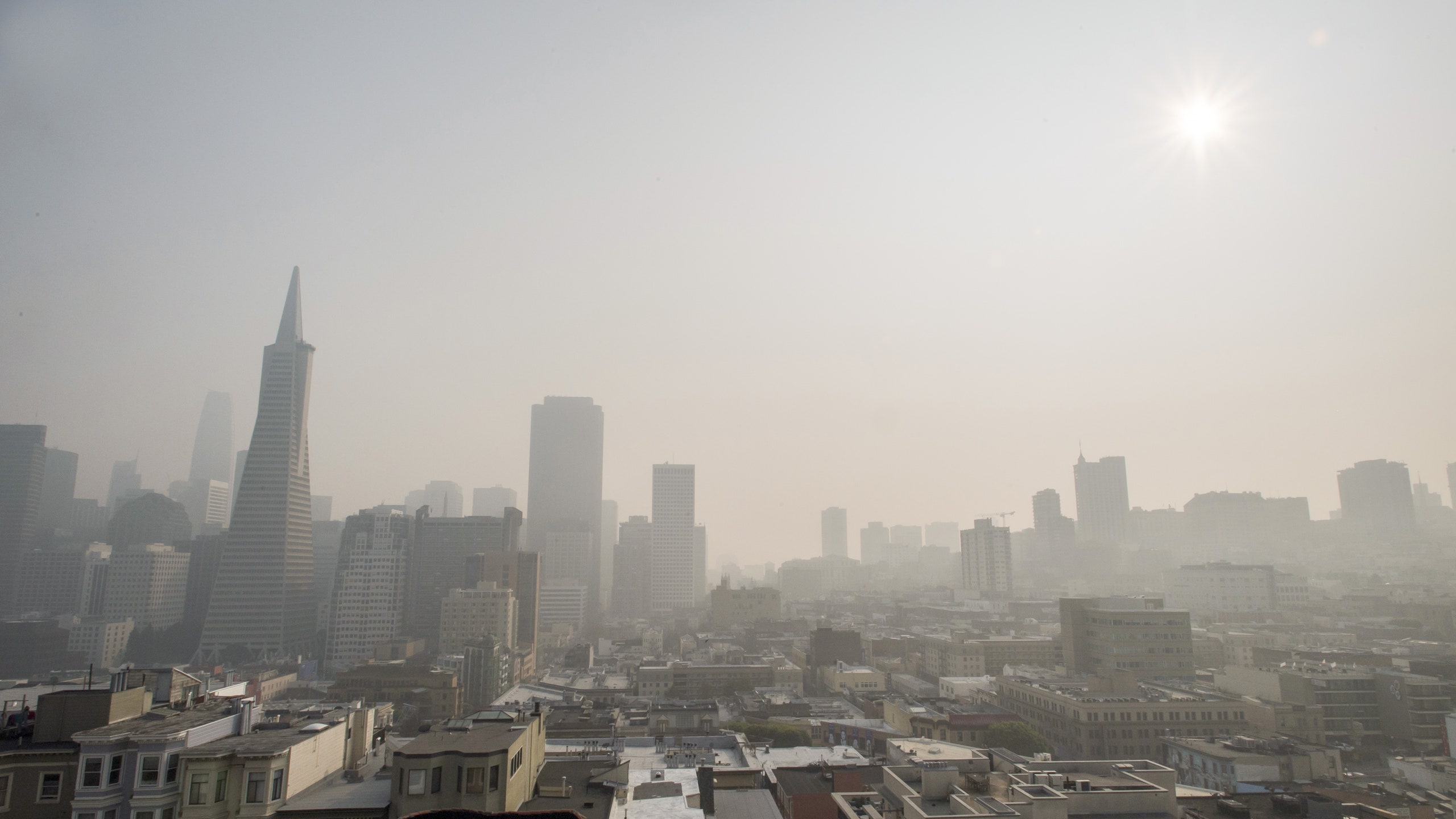Over the past couple weeks, California has experienced its most devastating wildfires in recent history: the Camp Fire in Northern California, which is now the state's deadliest wildfire on record, and the now-contained Woolsey Fire in Los Angeles and Ventura counties. Together, the fires have flattened communities, destroyed nearly 12,000 homes, and left more than 80 people dead and 1,000 unaccounted for.
If you’re planning on traveling to California this week, here are the most important things you should know.
You don't need to cancel your trip
The only areas that risk being directly affected by the blazes are residential suburbs. (You can check out the San Francisco Chronicle's interactive map here.) The Northern California fires, closest to the cities of Sacramento and Chico, don’t pose a risk to most popular tourist destinations beyond the poor air quality that has disseminated to nearby hubs like Napa and San Francisco. In Southern California, the fire that raged through the foothills of Malibu until Wednesday is now contained: Most Los Angeles sites are operating normally, though road closures in Malibu have left the area’s popular hikes and beaches inaccessible. If you had plans to stay in or near Malibu, call ahead to make sure the road closures don't affect the area where you're staying.
Keep an eye on the air quality wherever you’re headed
On Saturday, air quality in cities closest to the fires, such as Sacramento and Chico, was the worst in the entire world. It has since improved, but the current air quality is still at dangerous levels. Some background: Air quality is measured on an index that ranges from 0 to 500, with 500 being the worst, and several spots in California passed the 300 mark over the past few days. Anything above 70, for example, is reason to avoid exercising outdoors, and a level of 150 is cause for wearing protective face masks. (For additional context, Beijing is currently at 154; Varanasi, India, often a record holder, is at 394). PurpleAir, a network of air quality monitoring sensors, shows air quality index measurements as dots on a map. As long as the air quality measurement reads red or darker wherever you live or are visiting, you’re going to want to precautionary measures—the particle matter in air will lead to short-term discomfort, and carries long-term risks such as heart and respiratory issues, according to the Environmental Protection Agency. In cities like San Francisco, local schools have been closed since Friday, November 16, due to the poor air quality—an indicator that the rest of us should be staying in as well.
For those traveling, check out every museum, theater, and shop on your list. (If you don't have a list, we're happy to help—here's what we recommend you do in San Francisco and Los Angeles.) In some cities, museums are offering free entry to help get people out of the smog; head directly to museum websites, or event aggregator sites like SF Fun Cheap to stay current on the offers of the day. Or, if you’re visiting family for the holidays and need a reason to stay home together, these travel-inspired films will help with the cabin fever.
Seeing everyone in the streets donning face masks feels slightly apocalyptic, but it’s the safest way to be outside in many Californian cities right now. Convenience stores are putting blue surgical masks on display, but those won’t filter out the smallest, most harmful particles in the air. Look for masks with N95 labels on them, as 95 refers to the percentage of particles blocked—the higher the number, the better, but don’t go below 95. These masks can be found online, or at local hardware stores.
Check for updates
Pay attention to sites like PurpleAir and local news outlets for updates on wherever you live or are traveling to. With rain expected on Wednesday in Northern California, the smog is expected to thin and hopefully help the fight against the Camp Fire, which is about 80 percent contained and may continue through the month. In Southern California, the now-contained Woolsey Fire has left some road closures throughout Malibu that will hopefully reopen in the coming week.
Help out
No matter if you're traveling to California or you're monitoring the news from afar, there are several ways to help. Donate to organizations such as the California Fire Foundation, which is distributing cash gift cards to those who have lost their homes, or California Community Foundation, which is focused on long-term recovery efforts for victims, and supports mental health services. If you have property in California, get involved in Airbnb’s Open Homes initiative, which lets owners donate a temporary living space to someone in need (the best use of the bedroom in your pool house, a vacant vacation home, or any other space you have to share). They’re currently accepting living space donations in Ventura, Los Angeles, San Diego, Santa Barbara counties in Southern California, and Butte County in Northern California. If you find another organization you’re interested in giving to, check to make sure it’s approved by the National Voluntary Organizations Active in Disaster so you know your support will be effective.
This article has been updated with new information as of Wednesday, November 21.

